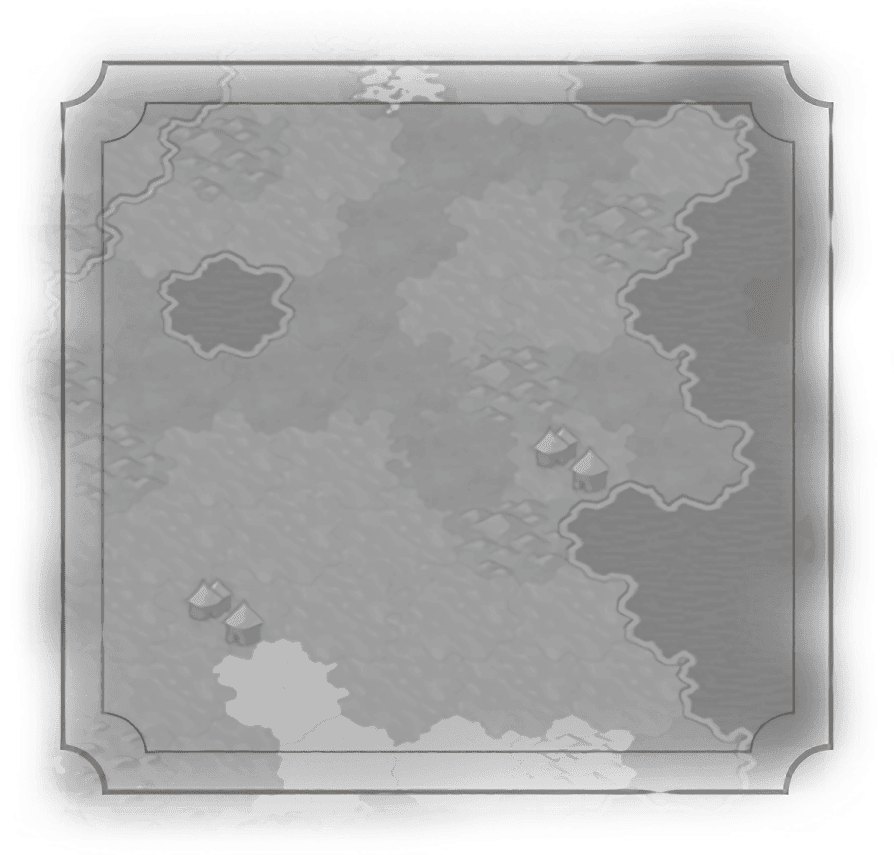Governments
Military Policies
After Action Reports
Agoge
Bastions
Chivalry
Conscription
Craftsmen
Discipline
Drill Manuals
Equestrian Orders
Feudal Contract
Force Modernization
Grande Armée
Integrated Space Cell
International Waters
Levée en Masse
Lightning Warfare
Limes
Limitanei
Logistics
Maneuver
Maritime Industries
Military First
Military Research
National Identity
Native Conquest
Press Gangs
Professional Army
Propaganda
Raid
Resource Management
Retainers
Retinues
Second Strike Capability
Strategic Air Force
Survey
Third Alternative
Total War
Veterancy
Wars of Religion
Economic Policies
Diplomatic Policies
Great Person Policies
Golden Age Policies
Dark Age Policies
Wildcard Policies


Agoge
Description
+50%  Production toward Ancient and Classical era melee, anti-cavalry, and ranged units.
Production toward Ancient and Classical era melee, anti-cavalry, and ranged units.
 Production toward Ancient and Classical era melee, anti-cavalry, and ranged units.
Production toward Ancient and Classical era melee, anti-cavalry, and ranged units.Historical Context
In Attic Greek, “agoge” meant “rearing” – the rigorous education and training mandated for all Spartan males. Besides cultivating loyalty to Sparta, the state schools included instruction in military arts, pain tolerance, hunting, dancing, singing, public speaking, and all manner of things that make for a warrior. There was also a form for Spartan girls, although the curriculum was somewhat different (intended to prepare them to give birth to warriors). The practice of agoge waned in the 3rd Century BC throughout Greece, but was revived in some places after the Roman victory in the Achaean War.

Description
+50%  Production toward Ancient and Classical era melee, anti-cavalry, and ranged units.
Production toward Ancient and Classical era melee, anti-cavalry, and ranged units.
 Production toward Ancient and Classical era melee, anti-cavalry, and ranged units.
Production toward Ancient and Classical era melee, anti-cavalry, and ranged units.Historical Context
In Attic Greek, “agoge” meant “rearing” – the rigorous education and training mandated for all Spartan males. Besides cultivating loyalty to Sparta, the state schools included instruction in military arts, pain tolerance, hunting, dancing, singing, public speaking, and all manner of things that make for a warrior. There was also a form for Spartan girls, although the curriculum was somewhat different (intended to prepare them to give birth to warriors). The practice of agoge waned in the 3rd Century BC throughout Greece, but was revived in some places after the Roman victory in the Achaean War.



